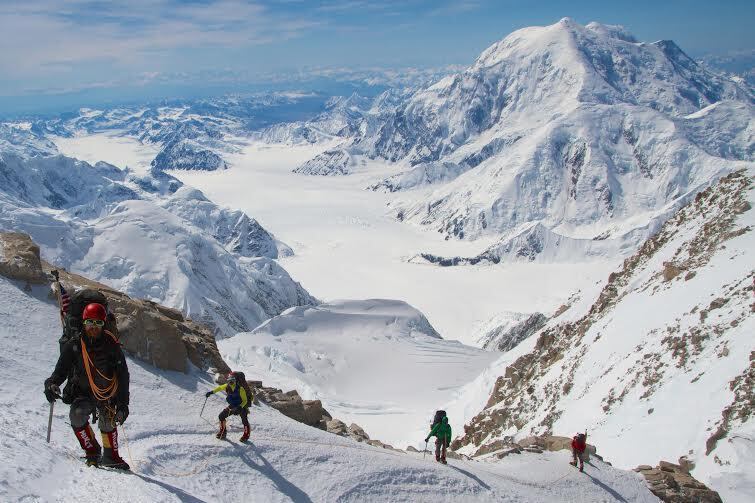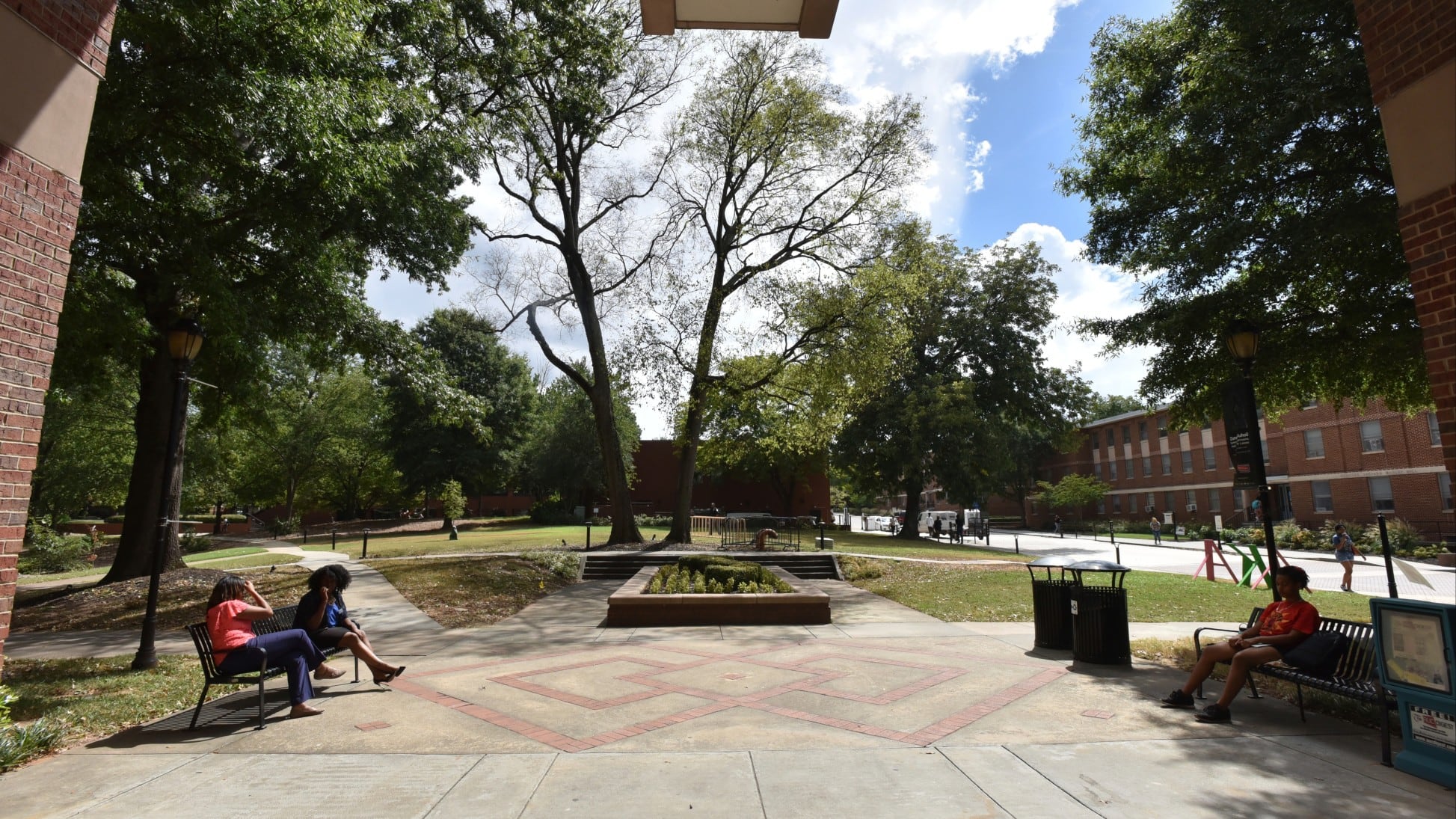There's something about veterans and the call of the mountains.
Sure, the adventure and the adrenaline and everything that comes with being outdoors is a big part of it.
But perhaps nowhere else in the civilian world is that single-minded sense of mission and clarity of focus — so much a part of military life — more evident than when a team of climbers makes a bid for a high-country summit.
While mountaineering can be an expensive sport, new opportunities abound — many of them free or discounted — to help troops and veterans get up into the high places.
Among them:
- Outdoor programs: Outward Bound and the Sierra Club both offer free or deeply discounted mountaineering trips for veterans.
- Veteran-only groups:Veterans Expeditions, The Heroes Project, Combat Wounded Veteran Challenge, Summit for Soldiers and Wounded Warrior Ascents are among a variety of new organizations incorporating mountaineering training and trips.
- Climbing schools: Tuition at both Western State Colorado University, which offers a top-notch mountaineering program, and the National Outdoor Leadership School campus in Wyoming are approved for Veterans Affairs Department college benefits.
"Military people just tend to get it," says Army veteran Nick Watson, who has guided climbers for more than a decade and founded Veterans Expeditions in 2010. "I hear it over and over again: 'This brings back everything I loved about being in the military, and none of the crap I hated.' "
It's easy to see why, Watson says. It's about "being part of a team and doing something exceptionally well, the focus to accomplish the mission and being part of something bigger than themselves. And there's a certain element of danger. It all comes together on the mountain."
Pure moments
Watson was just a few years out of the 3rd Ranger Battalion when he found that new sense of focus for the first time in a remote section of Washington state atop a lonely peak dubbed Mount Deception.
He was sweat-soaked and exhausted. And had never felt better.
"It was one of those pure moments ... I wasn't thinking about anything else. I had finally gotten out of my own head," he says.

As founder of Veterans Expeditions, former Army Ranger Nick Watson organizes all-veteran mountaineering trips across the country.
Photo Credit: Caroline Treadway via Veterans Expeditions
"Like with a lot of veterans, the wheels in my head just tended to spin. I had a few experiences that I just stewed over. That occupied so much of my energy. I didn't even realize how much until that moment on the mountain. I realized when I was climbing, all I thought about was climbing. That focus is addicting. It's a like a drug, a very good drug, and I was definitely hooked."
From that moment on, says Watson, "all I wanted to do was climb more mountains." And that's exactly what he's done.
Indeed, 14 years later, you might say he's in the pure-moment business, a mountain-climbing medicine man dealing his favorite high-country drug to as many veterans as he can.
In 2010, he co-founded Veterans Expeditions — VetEx for short — with former Army captain Stacy Bare, with the idea of building a community of veteran climbers across the country.
The two men were named among National Geographic's Adventurers of the Year in 2014 for their work.
"That first year, we started small with only about 16 veterans," Watson says. "The next year, we took 100 out."
By the end of this summer, VetEx will have turned 1,500 veterans into mountaineers, while also building a cadre of local climbing leaders and a network of volunteers to help support the effort.
Among VetEx's most recent trips was an eight-person bid to the summit of Alaska's Mount McKinley — the tallest mountain in the U.S., better known in the climbing community simply as Denali.

A team from Veterans Expeditions works their way to summit Alaska's Mount McKinley, better known to most mountaineering enthusiasts simply as Denali, earlier this summer.
Photo Credit: Courtesy of Veterans Expeditions
First-time climbers
Getting started in mountaineering is easier than you might think, Watson says.
"Mountaineering definitely requires a level of physical fitness," he says. "The best thing you can do to get in shape for it is put weight on your back and go uphill. That can be anything from climbing flights of stairs or bleachers to hiking hills. Personally, I also like mountain biking because it builds strong legs and strong lungs."
He recommends reading Steve House's "Training for the New Alpinism" for a good overview on the physical demands and technical skills you'll want to build.
Personal gear starts with a good pair of mountaineering boots. "We can loan you just about everything you'll need except boots," he says.
While standard hiking boots or even combat boots are fine for most day trips into the mountains, for extended trips you'll want the stiffer sole and thicker insulation that come with real mountaineering footwear.
Loaner gear is fine, but if you get hooked, you'll want to start investing in your own equipment.
La Sportiva's Glacier Boot is a good basic boot for under $200. On the high end is La Sportiva's Trango Cube GTX for $375.
"Both are good boots to climb, say, Mount Rainier in the summertime," Watson says.
For clothing, he recommends water-resistant softshell pants. Patagonia's Guide Pants ($125) are his favorite.
"On top, you can insulate with the basic layers of poly pro the military gave you as long as you've got an outer shell that will keep you dry," he says. He likes Outdoor Research's Foray Jacket ($215).
Even in the summer, weather can turn extreme within minutes, so a "security layer" of insulated pants and jacket also is critical. Look for something lightweight that compresses well for stashing until needed. Watson likes Outdoor Research's Neoplume Pants ($150) and the Patagonia DAS Parka ($209).
Basic ski gloves will cover most of your needs, but an extra pair of lightweight gloves are good to have as well. Mountaineering sunglasses are a must-have to protect from wind and the blinding glare of snow.
For overnight trips, you'll need a sleeping bag rated to the lowest temperatures you could face as well as a pad to insulate you from the heat-sucking ground and snow.
Rounding out your mountaineering gear will be crampons, the spikes that strap on to boots for traction in ice and snow; a mountaineering ax — critical for "self-arrests" in a fall; as well as a helmet and a climbing harness to rope in with other climbers to prevent the most serious drops, particularly when traversing glaciers.
To carry it all, look for a backpack ranging in size from 30 to 85 liters, depending on the length of your trip.
"For day trips, 30 to 45 liters is plenty to carry all your water, snacks and snivel gear," Watson says.
Military-issue assault packs or even a sturdy college book bag — as long as it has waist and chest straps — are good options.
For one- or two-night trips, he likes the 50-liter Gregory Alpinisto ($239) and for anything longer, the 65-liter Osprey Atmos ($259) is "a good all-'rounder."





